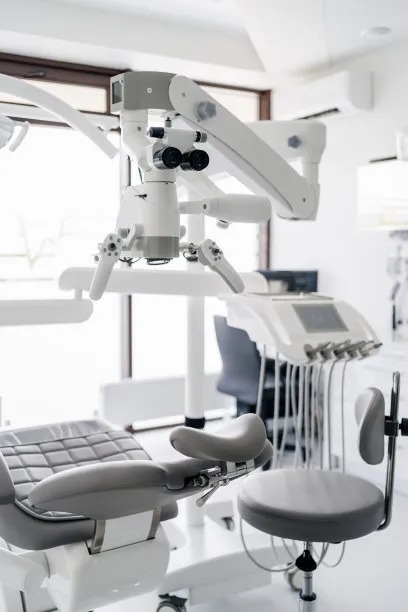The Complications and Considerations When You Need to Extract a Tooth for Better Oral Health
Summary: Tooth extraction is a significant dental procedure that can greatly impact an individuals oral health. However, it comes with various complications and considerations that must be understood before proceeding. This article explores the potential complications of extraction, the importance of suitable techniques, the post-extraction care required, and the necessary follow-up appointments. By understanding these factors, individuals can make informed decisions about their dental health, ensuring the extraction contributes positively to their overall well-being.
1. Complications Associated With Tooth Extraction

Tooth extraction is often more complex than anticipated, leading to various complications. One of the most common issues is infection. After the extraction, the open socket can become a breeding ground for bacteria, potentially leading to a post-extraction infection. Symptoms may include swelling, pain, and even fever, necessitating immediate attention from a dental professional.
Another complication that can arise is dry socket, a painful condition where the blood clot forming in the socket dislodges or dissolves before the wound heals. This exposure of the bone and nerve endings can cause severe pain and delay healing times, making it crucial for patients to follow pre- and post-operative instructions carefully.
Additionally, nerve damage is a rare but serious complication that can occur, particularly with lower wisdom tooth extractions. If the extraction site is near a nerve, patients might experience numbness or tingling in their tongue, lips, or chin, potentially creating long-lasting issues that require further medical intervention.
2. Importance of Proper Extraction Techniques
The technique used during extraction is pivotal in minimizing complications and ensuring a smooth process. Experienced dental professionals utilize advanced techniques and technologies to optimize the extraction procedure. For instance, sedation dentistry can help patients manage anxiety and pain during the procedure, allowing for a calmer experience overall.
Proper technique also involves careful assessment and planning. Dentists may use X-rays to analyze the position of the tooth and adjacent structures, enabling them to choose the least invasive approach. This foresight can significantly reduce the risk of complications associated with the procedure.
A qualified dental professional will also be able to identify underlying issues that might complicate the extraction process, such as bone density problems or other dental conditions. By addressing these factors preemptively, the extraction can be conducted more safely, leading to a quicker recovery.
3. Post-Extraction Care Essentials
Post-extraction care is crucial in preventing complications and ensuring proper healing. Patients should follow their dentists tailored aftercare instructions carefully. This typically includes managing pain with prescribed medications and adhering to a soft-food diet to avoid irritating the extraction site.
Avoiding sucking motions, such as those from straws, is also essential, as these can dislodge the blood clot and result in dry socket. Additionally, patients should remain vigilant for signs of infection, such as increasing pain or swelling, and report these issues promptly to their dental care provider.
Maintaining proper oral hygiene is vital. Gentle cleaning around the extraction site can aid in recovery, but patients should avoid harsh rinsing for the first few days. Regularly following up with the dentist for check-ups can help in identifying any potential complications early on, leading to effective interventions when necessary.
4. Importance of Follow-Up Appointments
Follow-up appointments are an integral part of the tooth extraction process. They offer dental professionals the opportunity to monitor healing and address any concerns that may arise post-extraction. Scheduling these visits allows for a systematic approach to recovery, ensuring the patient’s healing is on track.
During follow-ups, the dentist can also evaluate the extraction site for signs of complications, such as infection or improper healing. This ensures that any emerging issues are identified and treated promptly, thereby safeguarding the patients oral health.
Furthermore, follow-up visits allow the dental professional to provide advice on transitioning back to a regular diet, when to resume normal oral care practices, and any preventive measures to take moving forward. This continuity of care is essential for optimal recovery and long-term oral health management.
Summary:
In summary, tooth extraction is a significant step in achieving better oral health, yet it carries various complications that must be carefully managed. Understanding these challenges and adhering to proper post-extraction care can ensure a smoother recovery while minimizing risks associated with the procedure. Regular follow-up appointments further aid in monitoring health and ensuring proper healing.
This article is compiled by Vickong Dental and the content is for reference only.



